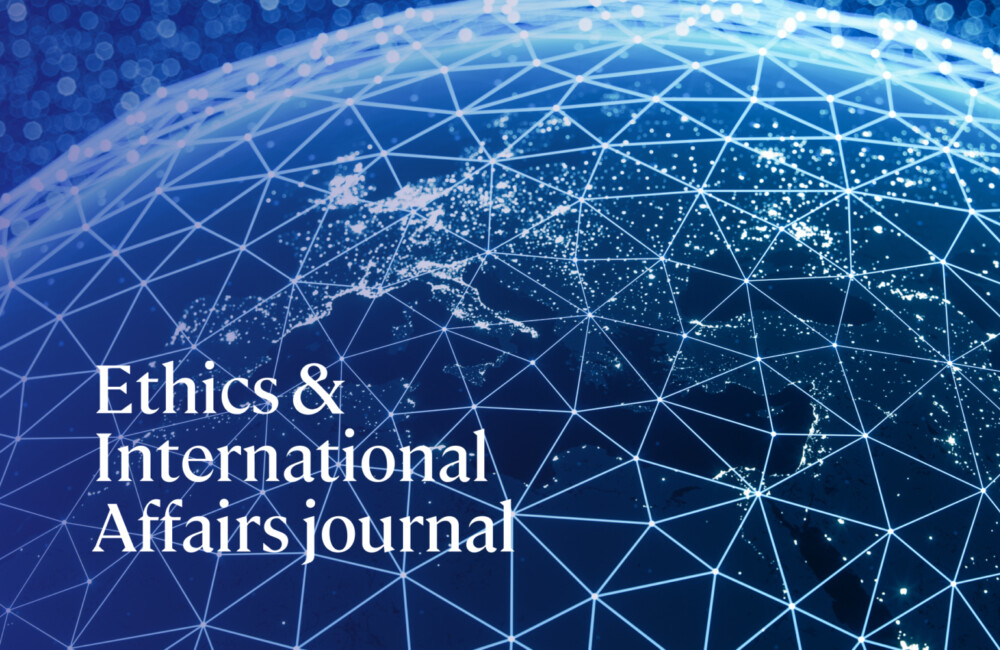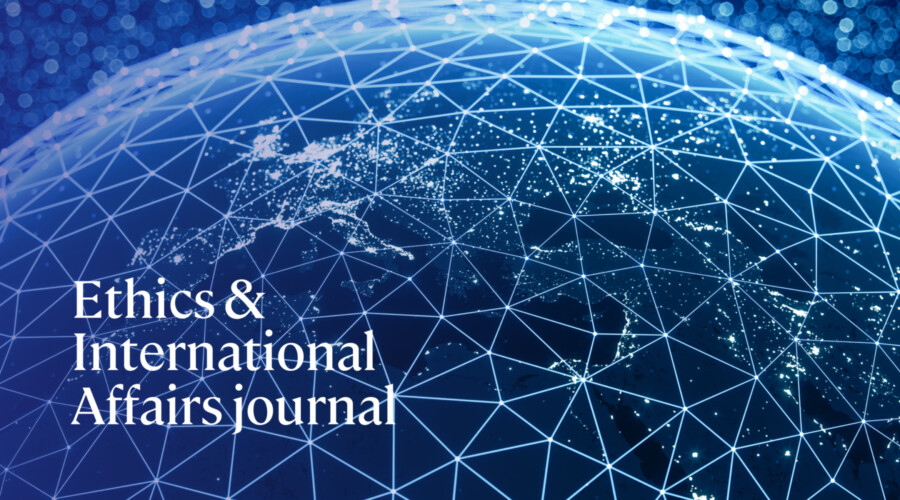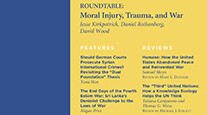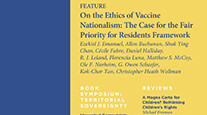Since the terrorist attacks on September 11, 2001, the phrase "torture lite" has often appeared in public discourse, used by journalists, military intelligence personnel, and academics in discussions about the justifiability of the use of torture in the fight against terrorism. 1 Specifically, torture lite (and related terms, such as "enhanced interrogation" and "stress and duress"2 ) has been used to distinguish between the traditional concept of torture, which we think of as violent, physically mutilating, and brutal, and certain interrogation methods that are, it is claimed, less severe, more restrained, and physically less violent. For example, Joseph Lelyveld in the New York Times argued for this distinction, and claimed further that torture lite techniques might be permissible;3 Mark Bowden in the Atlantic Monthly argued that such techniques might be justified to fight terrorism; 4 and U.S. Naval Intelligence Officer Wayne Madsen, when interviewed in the Guardian, claimed that only torture lite (and not torture) was being used by U.S. military personnel in Afghanistan and Guantanamo Bay. 5
However, despite the frequency with which the term is used, the distinction between torture and torture lite is not one that is recognized in any of the international conventions dealing with torture, and it does not directly refer to the distinction that is made in international conventions between torture and cruel, inhuman, and degrading treatment.6 Why, then, has the phrase "torture lite" become part of the public discourse on torture?
To read or purchase the full text of this article, click
here.
NOTES
1 In this paper I focus exclusively on the issue of interrogational torture. However, my argument would also apply to the use of so-called torture lite techniques as forms of punishment.
2 Much of what I say about torture lite would apply to these terms as well. One difference, however, is that the distinction between torture and torture lite is generally used to distinguish between kinds of torture, whereas terms like "enhanced interrogation techniques" deny that the interrogation techniques referred to are torture at all.
3 Joseph Lelyveld, "Interrogating Ourselves," New York Times Magazine, June 12, 2005; available at www.nytimes.com/2005/06/12/magazine/12TORTURE.html; accessed October 22, 2008.
4 Mark Bowden, "The Dark Art of Interrogation," Atlantic Monthly, October 2003; available at www.theatlantic.com/doc/200310/bowden; accessed October 22, 2008.
5 Duncan Campbell, "US Interrogators Turn to 'Torture Lite,'" Guardian, January 25, 2003; available at www.guardian.co.uk/world/2003/jan/25/usa.alqaida; accessed October 22, 2008. Some commentators have used the term "torture lite" as a way of criticizing the use of such phrases as "enhanced interrogation." However, I argue that since the distinction between torture and torture lite is a false distinction, the term "torture lite" should not be used at all in the discourse about torture.
6 For the purposes of this paper, I will accept the definition of torture used by the United Nations in the Convention Against Torture and Other Cruel, Inhuman or Degrading Treatment or Punishment, which defines torture as "any act by which severe pain or suffering, whether physical or mental, is intentionally inflicted on a person for such purposes as obtaining from him or a third person information or a confession, punishing him for an act he or a third person has committed or is suspected of having committed, or intimidating or coercing him or a third person, or for any reason based on discrimination of any kind, when such pain or suffering is inflicted by or at the instigation of or with the consent or acquiescence of a public official or other person acting in an official capacity. It does not include pain or suffering arising only from, inherent in or incidental to lawful sanctions." (The full text of the convention is available at www.hrweb.org/legal/cat.html; accessed December 28, 2008.)



